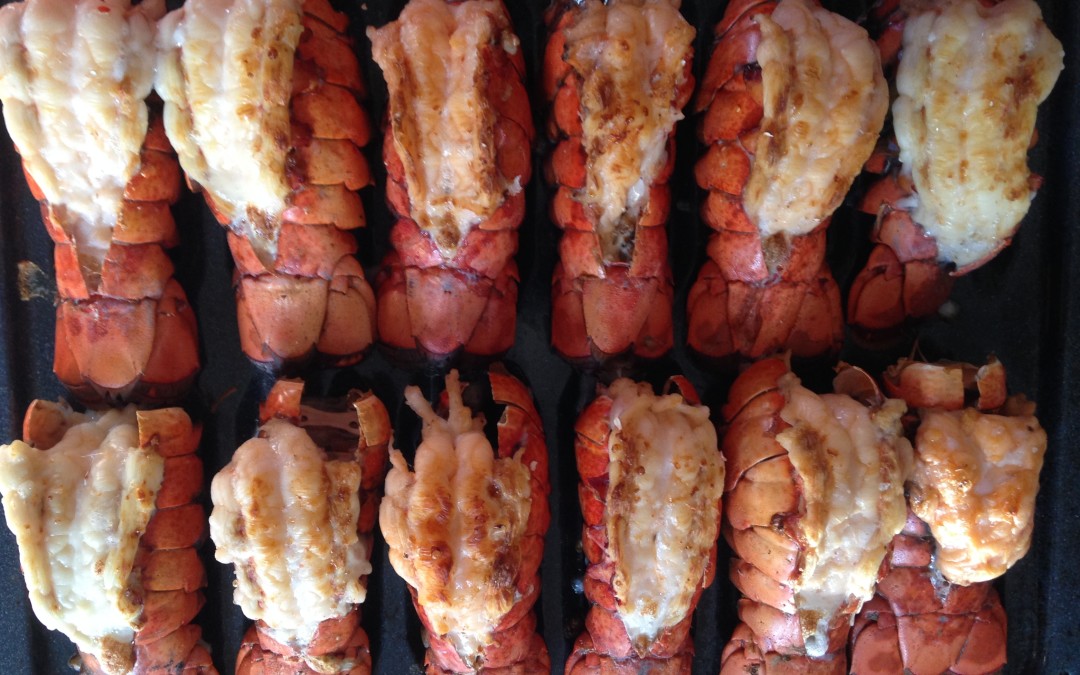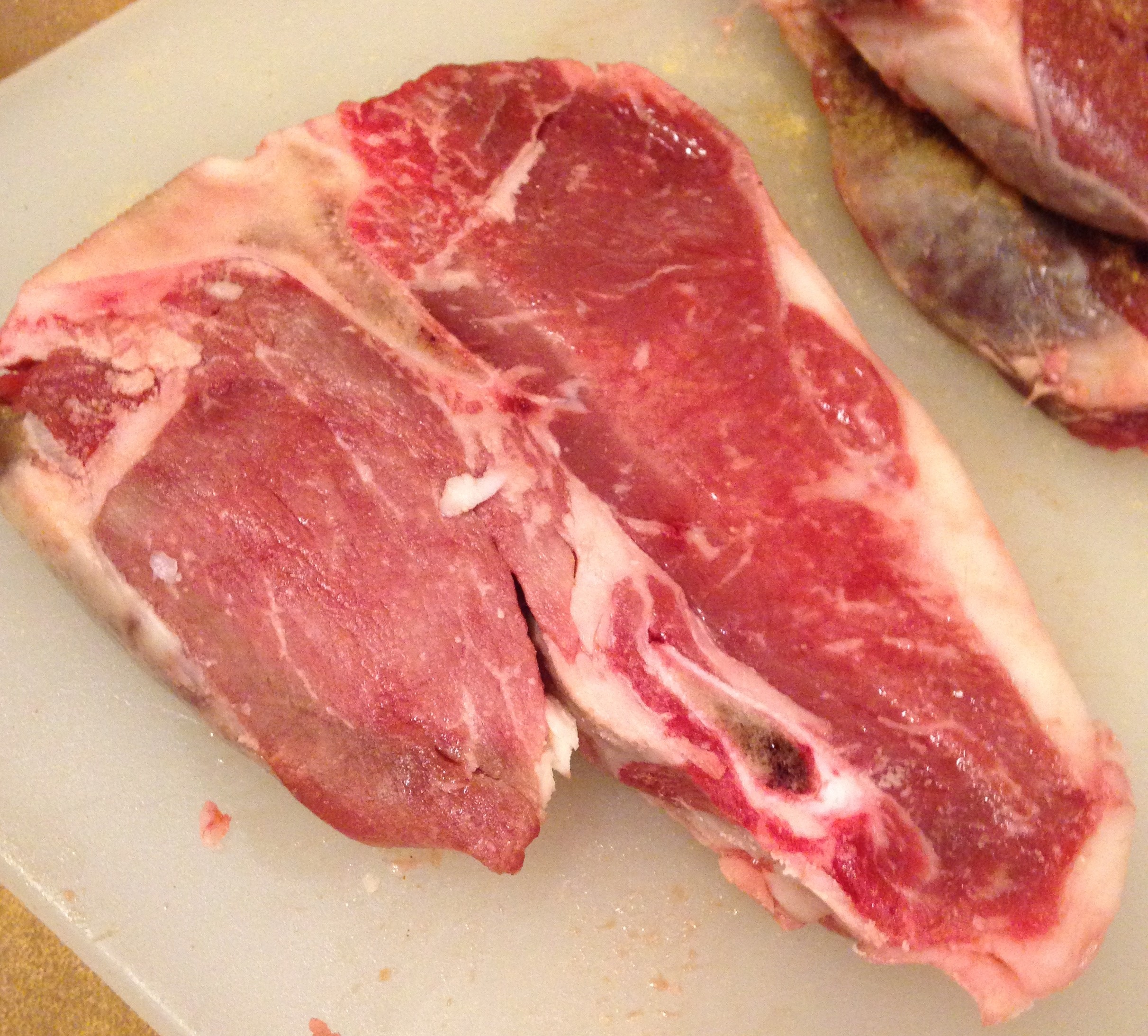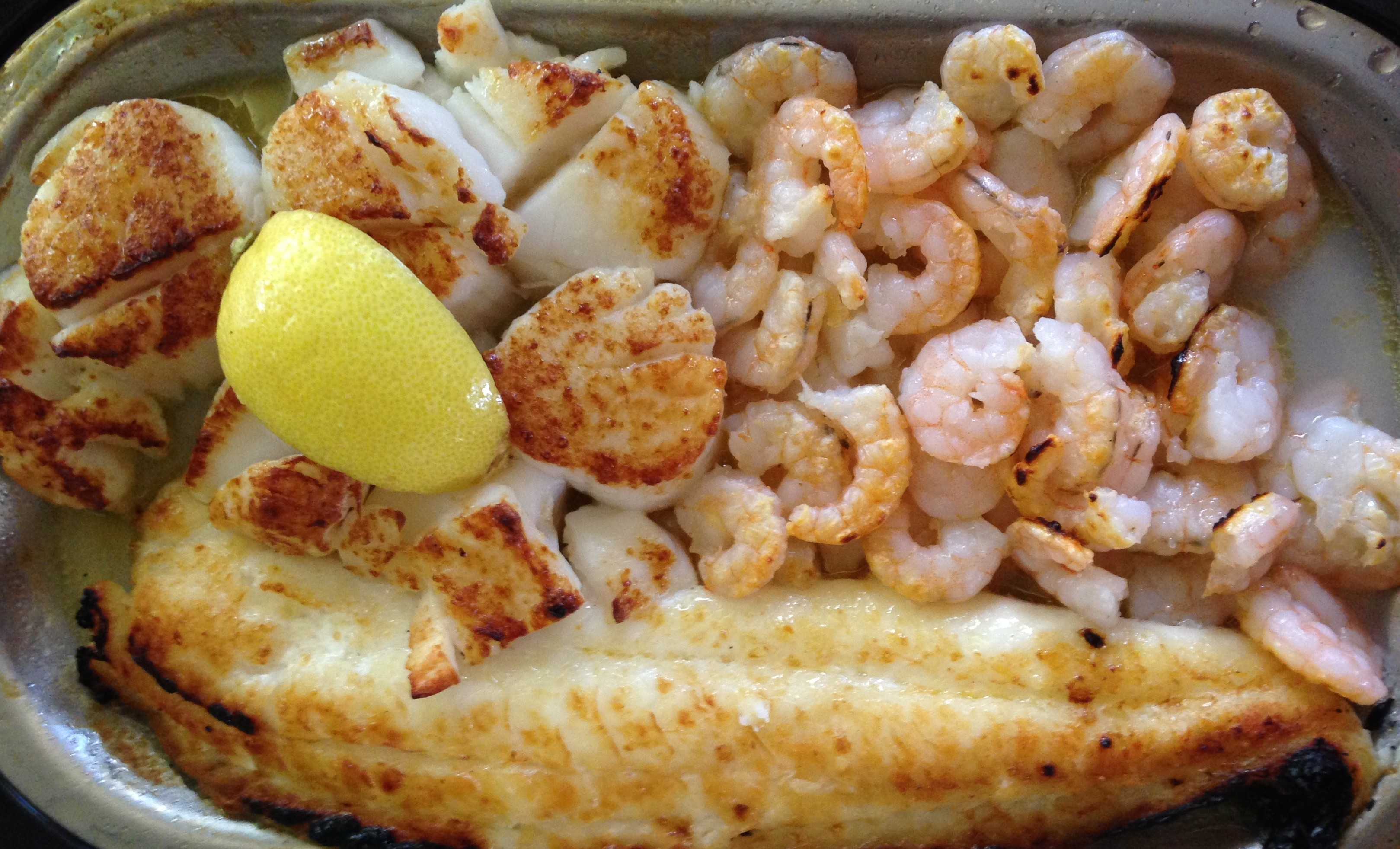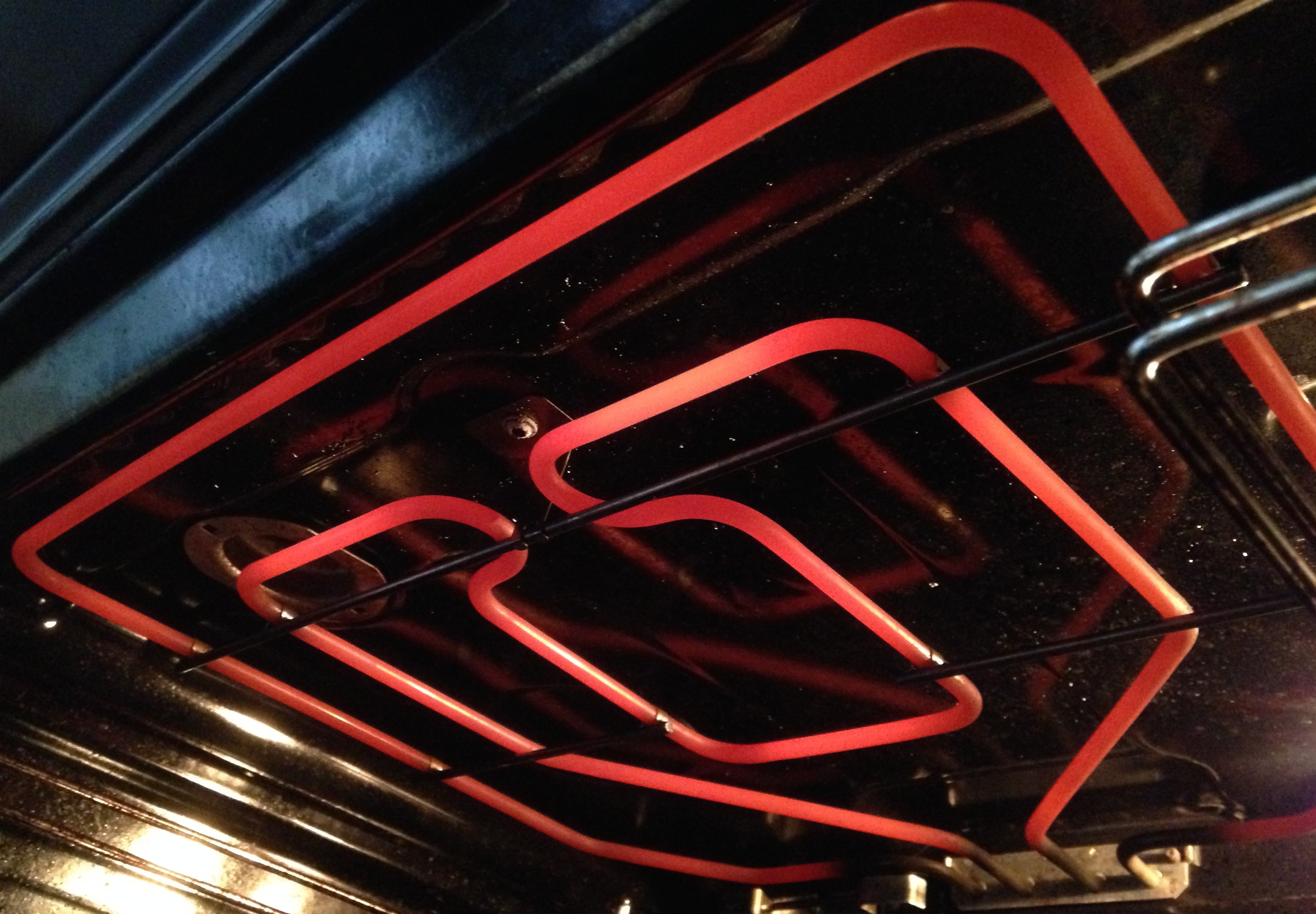How To Broil – It’s a Dry Heat!
Broiling – You know the upside down grills we have in our ovens – where any variety of meat, poultry, seafood, vegetable and fruit is seasoned or marinated then put close to the very hot gas or electric heating element. Broiling is a dry cooking method. Since this method relies on the air (not such a great heat conductor) to conduct the heat to the items being cooked, they have to be very close to the heat source.
It is a very simple and fast way of cooking that, for whatever reason, is often over looked. Its simplicity comes from the fact that, for the most part, broilers have only 1 or 2 settings. It is either on or off or High or Low. Seasoning and marinating are also easy. It is a lot like grilling except there is no charcoal to worry about and, as stated earlier, it is upside down as the heat comes from the top not the bottom. The weather conditions are also better controlled with broiling! Of course, there could be smoke, just like on the grill, if we are not careful about what we marinate with and if we take our eye off the pan! Fats and sugars can burn and, since broiling is a fast method of cooking, it is often best to keep watch over the goings on in the oven.
What Can Be Broiled?
Unlike braising, it is the tender cuts that do well under the broiler. A good ribeye, T-Bone or even a hamburger will do well with direct heat as will chicken breasts, thighs and legs. Pork is a sure fire broiling candidate – pork filet and pork chops are very nice broiled. The cooking time for these meats will run about 8-10 minutes or more and will depend on how you like your meat cooked. Make sure you cook that chicken and ground meat thoroughly (to an internal temperature of 165 or higher). For the simplest way of broiling meats season them with salt (remember pepper can burn so add that after) and begin broiling. A rub of oil is not compulsory for meats, but it can used if desired.
When it comes to seafood, both fish and shellfish are great candidates. Filets of practically any fish will do. Scallops, lobster tail and shrimp can be very tasty under the broiler. Lobster tail should broil for about a minute per ounce (internal temperature of 145F). Thicker fish filets (an inch or so) will take about 10 minutes. For thin fish filets, shrimp and scallops, the cooking time is about 4-6 minutes. You can also put clams or other bivalves right into the broiling pan. After about 10 minutes (make sure they open, if they don’t, don’t eat them!) they will be ready to go. The simplest way of broiling fish and shellfish is to coat with a little oil (olive or your favorite vegetable oil) or clarified butter, season with salt (remember pepper can burn so add that after) and begin broiling. The fish will appreciate the oil.
Of course, whether meat or fish, don’t forget the Kebabs! Skewered meats are a pleasure to eat and a Kebab is perfect for a broil up!
Fruits and vegetables are also perfect for broiling – marinated zucchini, peppers, tomatoes, sugar coated grapefruit halves, stone fruits, etc. are all delicious broiled. A brush of clarified butter or oil is a good idea for broiling fruits and vegetables. It will add some flavor and help caramelize the sugars.
Whatever is broiled, it is important to remember that thicker items don’t do that well because the outside will dry out before the inside is cooked. Chicken breasts for example are very much at risk when broiling. The trick is to keep the item to about 1-1.5 inches of thickness and all should be fine. Usually the items cooking should be 4-5 inches from the heat. If, due to thickness, the outside of the items are cooking too fast, simply adjust the distance.
How To Broil on That Funny Pan!
Another thing that sets broiling apart is the pan. It is not compulsory that you use the pan, but the pan offers some benefits. One big benefit is that any melting fat can drain away which reduces the chances that the fat will burn. This has some obvious health benefits, too, as it reduces the overall fat content of the food. Of course, any juices that do drip below can also be used to make a sauce. The down side of the broiler pan is that there is a mess to clean up. This is nothing a little aluminium foil can’t fix – just cover the top and the bottom making sure to poke holes in the top so the fat can drip away. Nowadays there are some very inexpensive nonstick broiler pans available which can with the clean-up.
Other pans, like grill pans and cast iron skillets, can also be used. If these pans are being deployed, pre-heat them for a few minutes under the broiler before adding the meat or fish. This simply means that you won’t have to do any flipping. Pre-heating of the pan can also help with browning. You can pre-heat a regular broiler pan, too. If you don’t want to pre-heat, just flip the items during cooking.
Don’t Forget Your Broiler! With a little practice you can put your oven’s broiler to good use turning out delicious broiled dishes. I hope you enjoy!
Keep Eating! Keep Innovating!
Do you use your broiler? What are your favorite foods to broil? Let us know all about it in the comments or on Facebook.
The Culinary Exchange can also be found on Twitter, Instagram, Pinterest, Google+ and YouTube.
Come On! Follow Along!








